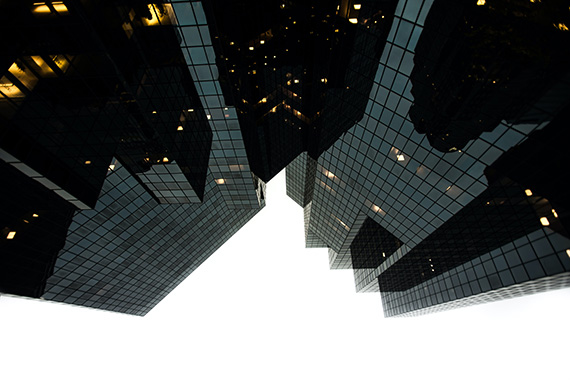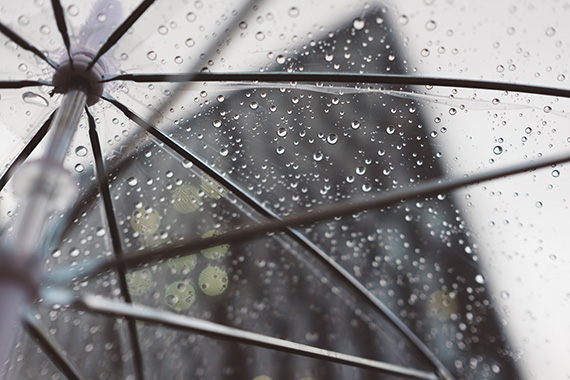Creating beautiful images is easier when you know a few photographic techniques. And that’s especially true for abstract photography. This short article covers four techniques that work very well for creating abstract images. The techniques that will be covered are selective focus, light and shadows, curves, and texture. Each one of these techniques can be utilized with many different types of subject matter. The real key is to practice these techniques on all sorts of objects. The more you practice, the better you’ll become.

Photo by Julien Moreau
The Power of the Selective Focus Technique
If you’re searching for an easy but effective abstract photography technique, selective focus is the technique for you. A narrow depth of field is achieved by the selection of a large aperture. The camera is then focused on the center of interest of the image. The rest of the objects in the image will fade into a soft blur.
There are two things which can be done to make your images even more notable when utilizing this technique. First, the color of the background should be different than the center of interest. The second point is that the center of interest can be made even stronger by using curves to point toward the center of interest.
The Use of Light and Shadows
Using the interplay of light and shadows can create drama in an image. Some photographers tend to think only in terms of light. This is a mistake, for light is nothing without shadows. Shadows are not just a lack of light. Instead, shadows function to make the light come to life. It is the shadows that shape the light, that draw attention to the light, and that integrate with the light to produce striking photographic opportunities. This is especially true with abstract images.
So, what is the shadows’ role in this technique? The primary role of the shadows is to help to define the forms. In other words, the shadows’ role is to help the forms to stand out. Consequently, it should come as no big surprise that the more interesting the objects in an abstract image, the more likely that the image will be successful. The shadows then function to make the more prominent.

Photo by William Daigneault
For instance, the shadows may surround the center of interest so that the viewer’s interest is naturally drawn to that point.
The Power of Curves
When it comes to abstract photography, curves can be utilized with powerful effect. For this technique to be effective, the curves must be the dominant characteristic of the subject matter. In a way, the curves almost become the center of interest.
Curves that display grace or a touch of the dynamic work best. It is essential that the curves flow together smoothly. Simply having a lot of haphazard curves running in every which direction will not work.
The Use of Texture
A technique that is very similar to the use of curves is the use of texture. In fact, texture and curves are often used together. When used to create impact in an abstract image, the texture should be a very strong characteristic of the primary subject in the image.
In addition, the texture must work in harmony with any curves that are present.

Photo by Freddie Marriage
These abstract photography techniques provide a good foundation for capturing abstract images. Then again, there is much more to the subject of abstract photography.
About the Author:
Ron Bigelow (www.ronbigelow.com) has created an extensive resource of articles to help develop photography skills.
Like This Article?
Don't Miss The Next One!
Join over 100,000 photographers of all experience levels who receive our free photography tips and articles to stay current:






Leave a Reply